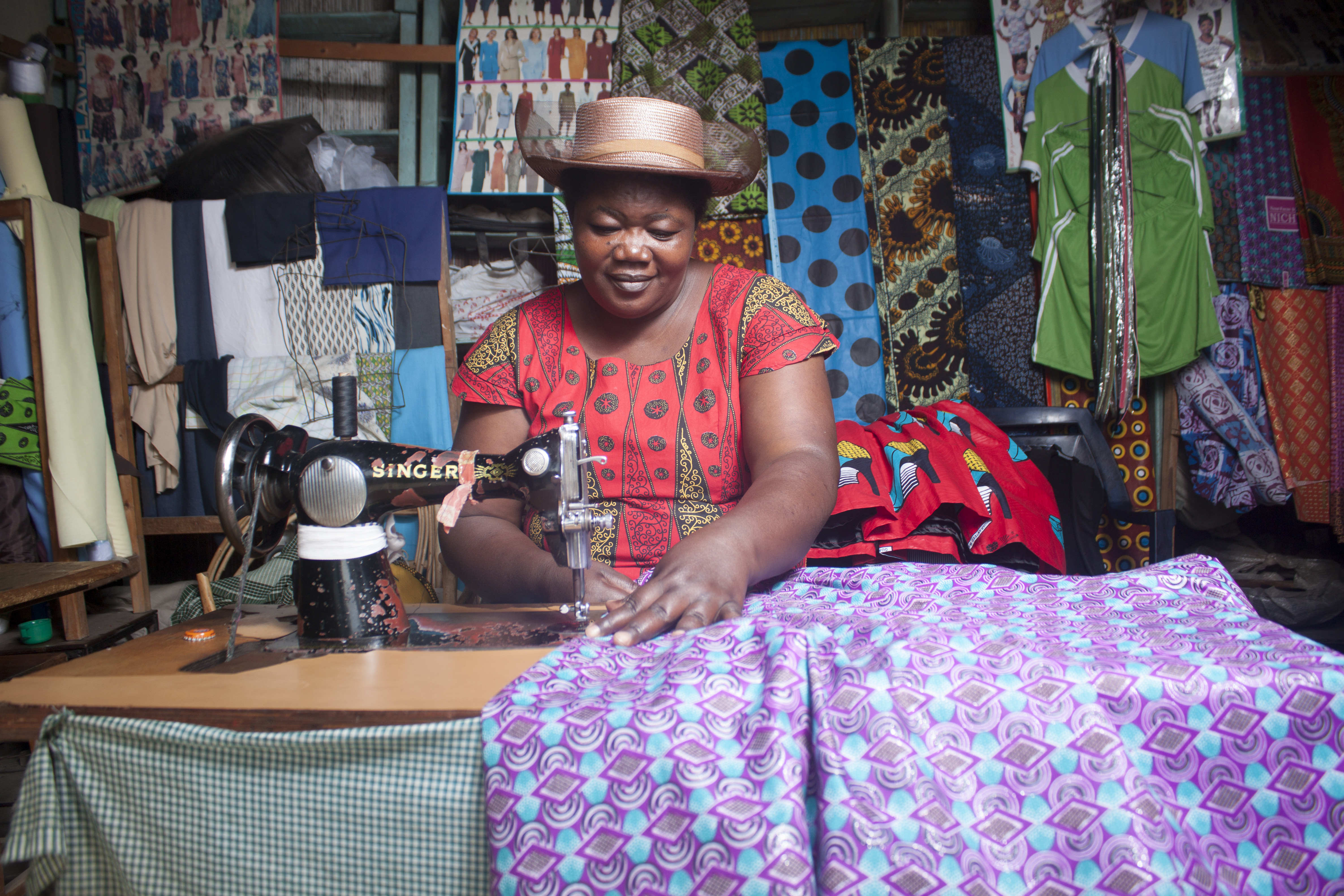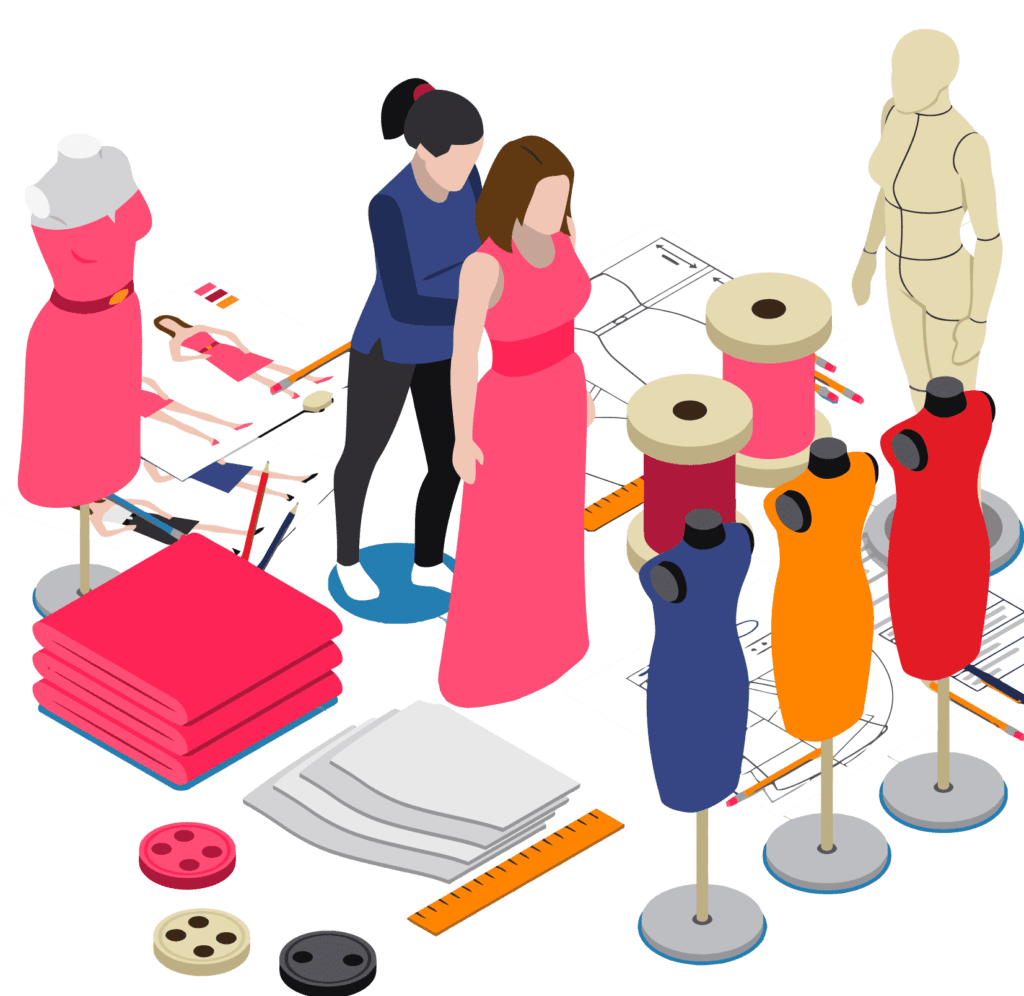Tailor Perth: Exceptional Tailoring for a Perfectly Fitted Wardrobe
Tailor Perth: Exceptional Tailoring for a Perfectly Fitted Wardrobe
Blog Article
Understanding the Tailoring Refine: From Material Selection to Last Suitable for the Suitable Wardrobe
The customizing procedure is an intricate interplay of art and science, beginning with the vital decision of textile option and finishing in the accurate changes of last installations. Each textile type brings unique top qualities that affect not only the aesthetic charm however likewise the garment's longevity and viability for various celebrations.
Value of Material Selection
Choosing the ideal fabric is vital in the customizing procedure, as it straight influences the convenience, durability, and general visual of the final garment (tailor perth). The choice of textile sets the structure for the garment's design, performance, and performance. Different materials have distinct homes, such as stretch, breathability, and weight, which can significantly influence how the garment drapes and fits the body
In addition, textile selection influences the garment's long life and ease of care. High-grade fabrics can withstand deterioration, maintaining their appearance and structure over time, while lower-quality materials may cause pilling or fading. In addition, the right material adds to the garment's capability to transition throughout periods and occasions, therefore boosting versatility.
A tailored piece made from an appropriate material not just showcases craftsmanship yet also raises the wearer's self-confidence. Understanding the nuances of fabric option is paramount for any type of customizing undertaking. It guarantees that the final product not only fulfills the visual wishes of the customer however also straightens with practical demands, thereby attaining a harmonious equilibrium between form and feature in the customized closet.
Kinds Of Fabrics and Their Uses
Understanding the different types of textiles available is important for making informed choices during the tailoring process. Each material has unique features that determine its viability for details garments and events.
Its versatility enables it to be tailored into every little thing from t shirts to dresses. Its natural flexibility aids garments preserve form over time.
Silk shows high-end and is lightweight, making it best for eveningwear and fragile shirts; nevertheless, it calls for mindful handling because of its frailty. Linen, with its textured surface, is a preferred choice for warm environments, giving a airy and crisp feel, however it wrinkles easily, which may impact the garment's look.
Artificial fabrics, such as polyester and nylon, deal sturdiness and resistance to creases, making them appropriate for day-to-day wear and energetic clothes. Understanding these textile types and their residential properties enables far better decision-making, guaranteeing that each tailored item not only fits well but likewise aligns with the designated function and event.
The Tailoring Techniques Explained
The art of customizing counts on a selection of methods that transform textile into well-fitted garments. Central to this process is pattern preparing, where a tailor develops templates based on the customer's measurements and preferred style. This first step ensures that the garment will certainly fit the wearer correctly prior to any kind of cutting happens.
When patterns are developed, cutting strategies enter play. Precision is extremely important as mistakes can cause misfitting garments. Tailors commonly make use of different reducing techniques, such as single-layer cutting for complex designs and multiple-layer cutting for performance on typical patterns.
Basting is one more necessary technique, allowing dressmakers to momentarily stitch textile items together for an initial fitting. This method uses the possibility to analyze the drape and general silhouette before last stitching.
Seaming methods, consisting of flat-felled joints and French joints, improve the garment's durability and visual charm. Tailors additionally utilize techniques such as interfacing and padding to offer structure and Our site form to certain areas, like collars and shoulders.
Last but not least, completing techniques, including hemming and side finishing, guarantee the garment's durability while giving a sleek appearance. Together, these strategies form the foundation of efficient customizing, resulting in beautiful, custom-fit garments.
Fitting Changes and Factors To Consider

Secret factors to consider include the shoulder fit, which should neither droop nor restrict activity, and the sleeve size, which must enable comfy arm activity while maintaining a refined appearance. Furthermore, modifications at the midsection can refine the shape, with options to allow out or take in material as required.
The increase of pants is another critical variable; it should sit easily my response above the hips without causing discomfort, enabling convenience of motion. Hemming lengths for both trousers and skirts ought to reflect the user's preferred design while respecting percentages.

Maintaining Your Tailored Clothing
Always comply with the care label instructions, which may recommend dry cleansing for delicate materials or machine washing for more durable products. Avoid regular laundering, as this can wear down the material and modify the garment's shape.
Storage space is just as essential; use cushioned hangers for coats and coats to keep shoulder structure, and store pants folded neatly or hung to protect against creasing. Secure garments from direct sunlight, which can fade shades and damages fibers.
Additionally, routine evaluations for minor repairs can stop larger concerns. Look for loose switches, fraying joints, or indicators of moth damages, addressing these issues immediately to keep the garment's stability.
Last but not least, think about seasonal turning. Putting on customized items in small amounts enables materials to recover, extending their lifespan. By carrying out these upkeep techniques, you can make sure that your tailored garments continue to be as immaculate as the day you first used them, boosting your excellent closet for several years to come.
Verdict
The tailoring procedure, including textile option, competent strategies, and precise fitting adjustments, plays an important role in producing garments that enhance both convenience and style. Recognizing the importance of maintenance extends the life of tailored garments, strengthening their value in a well-curated closet.
Choosing the right fabric is critical in the customizing procedure, as it directly affects the comfort, resilience, and overall visual of the final garment. The choice of fabric establishes the foundation for the garment's functionality, design, and efficiency. Different materials have one-of-a-kind properties, such as weight, stretch, and breathability, which can considerably influence just how the garment drapes and fits the body.
The art of tailoring relies on a variety of methods that change material into well-fitted garments.The tailoring procedure, read review encompassing material choice, knowledgeable techniques, and specific suitable changes, plays a crucial function in developing garments that enhance both convenience and style.
Report this page